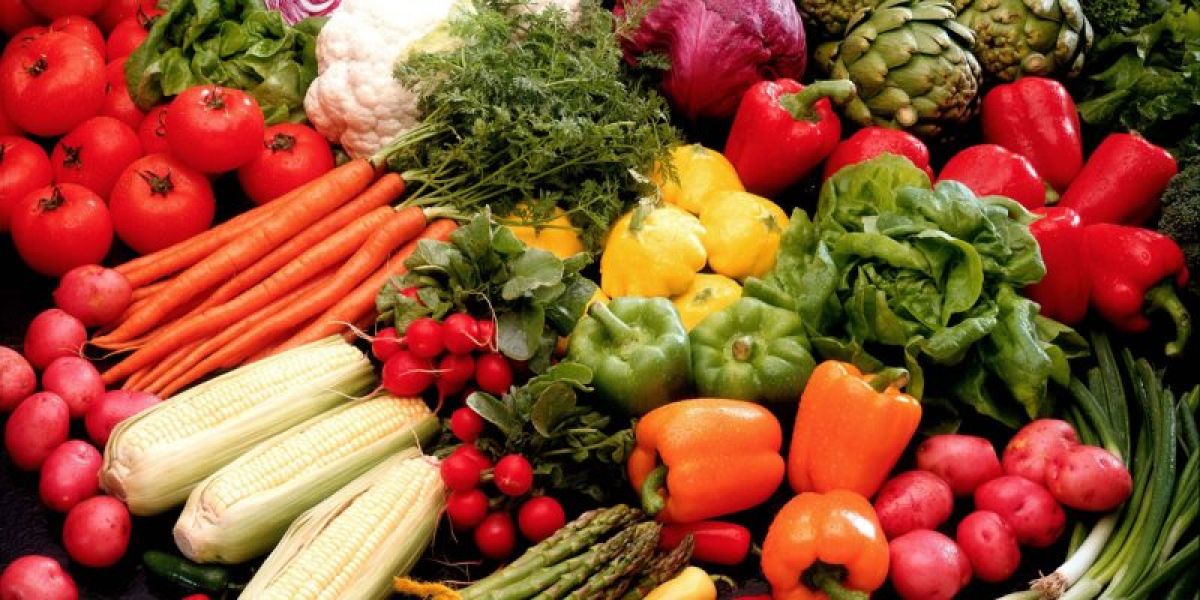Herbs: vitamins, minerals and trace elements part 2

Following the first part, we will analyze the fat-soluble vitamins and their contribution to our body!
The four fat-soluble vitamins
The fat-soluble vitamins are absorbed and transported from the fat in our diet. Unlike water-soluble, overconsumption is stored in the liver and the tissues and may result in toxicity to the body. A balanced diet usually provides sufficiency in fat-soluble vitamins, and we must always remember that our body is very sensitive to excessive intake of vitamin A from animal consumption and vitamin D.
Vitamin A is absorbed by the body in two forms. From plant foods, with most famous the carrot, we receive carotenoids, known as active beta – carotene or provitamin A. Carotenoids exist in all vegetables and fruits with orange or yellow color, while the body converts beta – carotene into vitamin A. From animal foods vitamin A is ingested without the body having to synthesize vitamin A (known as retinol too). Adequacy of vitamin A provides better vision and eye function, treats dry skin, acne, psoriasis and seborrheic dermatitis. You will find vitamin A in many sunscreens.
Lack of vitamin A creates difficulty in vision, especially nightvision and dry, rough skin.
The hypervitaminosis of vitamin A can not be caused by fruits and vegetables, but supplements and overconsumption of meat rich in vitamin A. Overconsumption Symptoms are nausea, headache, fatigue, dizziness, anorexia.
The best sources of vitamin A are: carrot, sweet potato, pumpkin, veal, green leafy vegetables, colorful bell peppers, cabbage, eggs, peaches, apricots, milk, cheese, melon and liver.
Vitamin E is a powerful antioxidant and improves the texture and appearance of skin. Widely used in cosmetics, it is an antiaging vitamin, protects from damage and is an excellent natural preservative.
As it is usual to be taken as a supplement, some symptoms of hypervitaminosis is blood clotting difficulties. Children are more vulnerable.
Lack can only be met in cases of severe malnutrition.
The best sources of vitamin E are: all green leafy vegetables, olives, almonds, sunflower seeds, blueberries, most nuts and seeds, soy, corn, saffron, liver, tomatoes and avocado.
Vitamin D or otherwise calciferol, like vitamin A, is divided into cholecalciferol or vitamin D3, which is taken from food of animal origin and vitamin D2, which is taken from foods of plant origin. It is essential for the use and digestion of calcium by the body. Helps children in the proper and healthy growth of teeth and bones, and adults in protection against osteopenia and osteoporosis. The sun helps in better absorption of the vitamin.
Vitamin D deficiency causes children bone deformities, delayed development and fragile teeth. In adult causes bone sensitivity, ease of fractures and damaged teeth. People who are prone to lack are babies, the elderly, people with starch – dark skin or minimal exposure to the sun and people suffering from liver diseases.
Toxicity exists from food supplements for long periods, but not from sun exposure. Excessive use of supplements causes a rise in calcium in the blood with symptoms such as anorexia, tendency to vomiting, nausea, thirst, frequent urination, muscle weakness, joint pain, disorientation, renal insufficiency and itching.
The best sources of vitamin D are: mushrooms, salmon, sardines, egg, tuna and mackerel.
Not very widespread vitamin K is produced by our body in the intestinal flora and is important for proper liver function and smooth blood clotting. There is no known toxicity from hypervitaminosis. It can be taken at the advice of a physician when taking antibiotics that disrupts the gut flora, while people taking anticoagulants should not take supplements.
Lack causes a tendency for bleeding and anemia.
The best sources of vitamin K are: foods rich in fiber such as broccoli, green leafy vegetables, asparagus, parsley, cardamom, Brussels sprouts, fresh beans, peas and carrots.
Note: People who have a diet rich in antioxidants (vitamin E) have a much lower risk of heart or stroke. A diet low in fat can cause a shortage of fat-soluble vitamins.
In the third and final part, we will refer to the minerals and trace elements necessary for the smooth and healthy functioning of our body and in which foods we will find them!
antioxidant, dry skin, eye function, fat-soluble vitamins, provitamin A, vitamin A, vitamin D, vitamin d2, vitamin d3, vitamin e, vitamin k, vitamins in food





